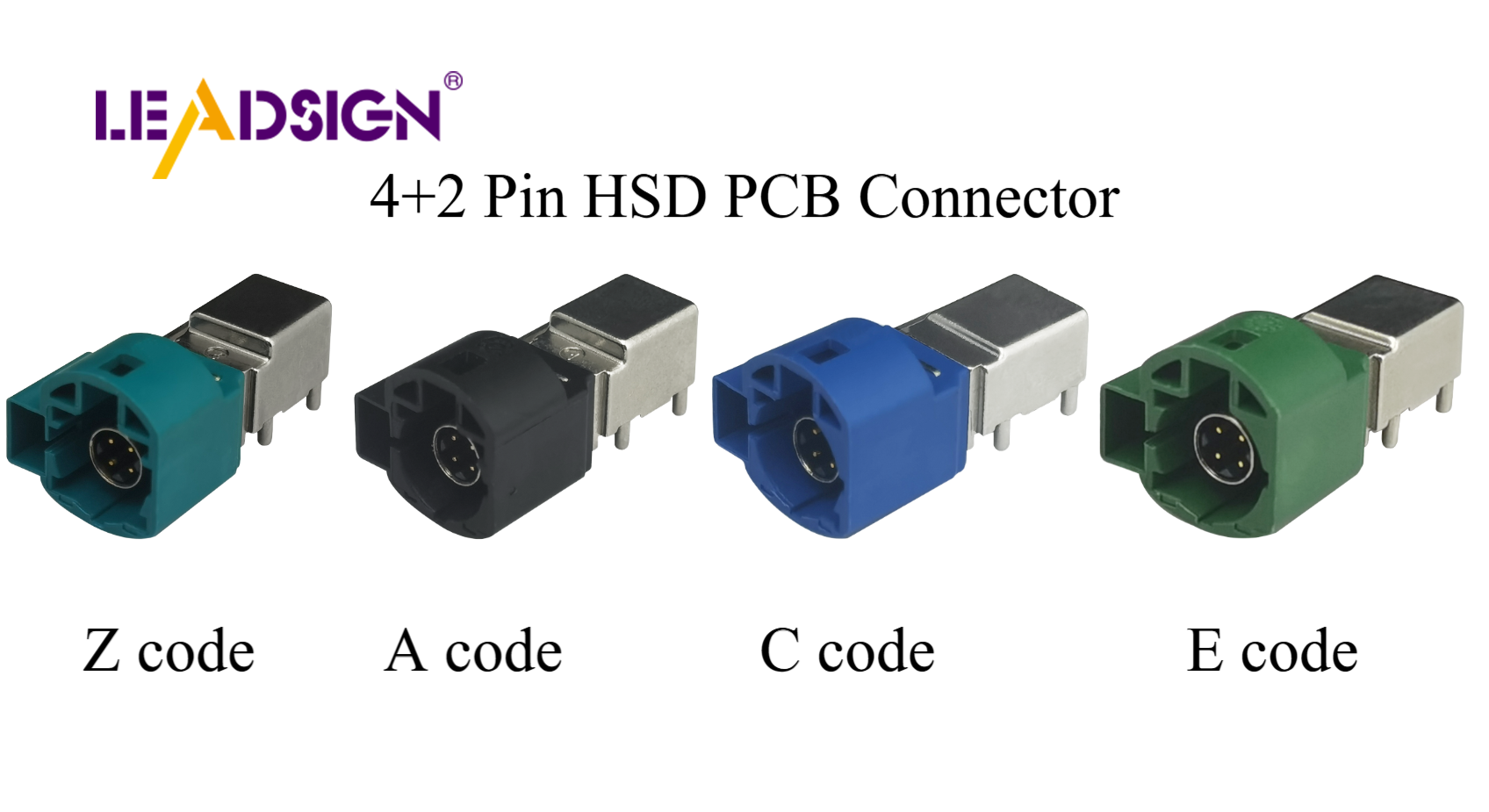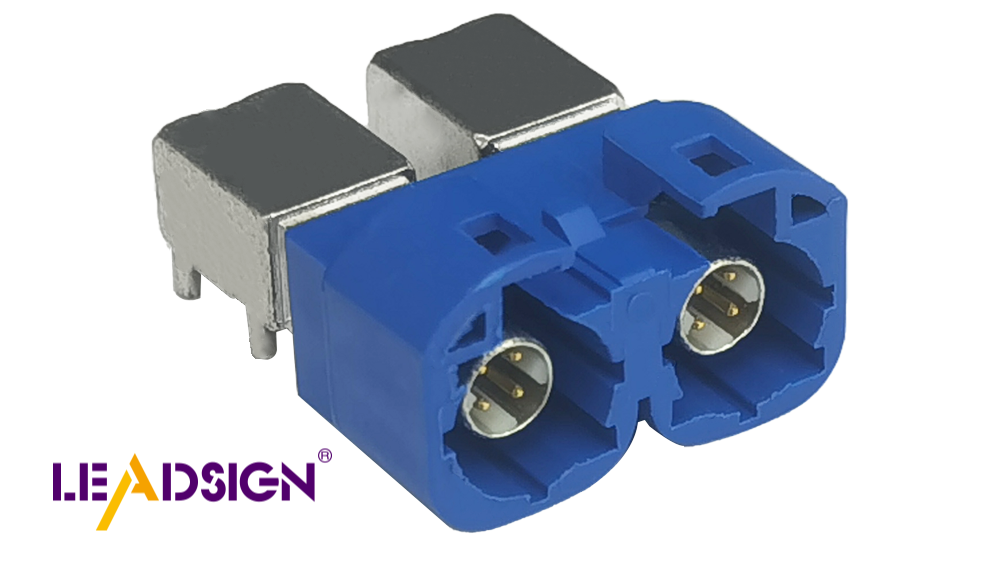Types of Connectors Electrical: What You Should Know

What are electrical connectors? Understanding different wiring connector types is important. They help electronics work safely and efficiently. USB connectors are common; they facilitate the transfer of power and data. J1772 connectors are found in electric car chargers. Each type serves a specific purpose. Familiarity with these wiring connector types helps you choose the right one, ensuring reliable connections for any application.
Key Takeaways
Understanding different types of electrical connectors, such as twist-on, crimp, and USB, is essential for ensuring safe and efficient electrical connections.
Choose the right connector based on your project's electrical load and environmental conditions to enhance safety and reliability.
Twist-on connectors are user-friendly and ideal for home wiring, while crimp connectors provide strong, lasting connections in vehicles and electronics.
For quick installations in tight spaces, push-in connectors are a convenient option, but ensure the wire is fully inserted for a secure fit.
Regularly inspect connectors for wear and damage to prevent electrical failures and ensure long-lasting performance.
Using the correct tools and following manufacturer guidelines during installation is crucial for achieving reliable connections.
Consider the material and size of connectors to match your wiring needs, as this impacts durability and performance.
Common Types of Electrical Connectors

Twist-On Connectors
Description and Features
Twist-on wire connectors are very popular. They join wires by twisting them together. These connectors look like cones. Inside, a metal spring holds the wires tight. They are simple to use. You don't need special tools. Just twist the connector until it feels snug.
Common Applications
You see twist-on connectors in homes, offices, and factories. They are great for home wiring. Use them for lights, switches, and plugs. They also work in machines and appliances. They make quick and strong connections.
Special Considerations
Make sure wires are the right length. Twisting too much can break wires. Twisting too little makes loose connections. Check the maker's guide for wire sizes and matches.
Crimp Connectors
Description and Features
Crimp connectors make strong wire links. Use a crimping tool to squeeze the connector onto the wire. This makes a tight bond. They come in different shapes like rings and spades. Crimping gives a lasting connection.
Common Applications
Crimp connectors are used in cars, planes, and phones. They are good where shaking might loosen other connectors. You see them in car wires, control boards, and gadgets.
Special Considerations
Use the right crimping tool and method. Strip the wire and put it in the connector before crimping. Bad crimping can cause electrical problems and dangers.
Push-In Connectors
Description and Features
Push-in connectors are easy and need no tools. Push the stripped wire into the connector. It stays in place by itself. They are small and simple, perfect for quick jobs.
Common Applications
Push-in connectors are used in lights, boxes, and panels. They are good when space is tight and speed is needed. You find them in home and office wiring.
Special Considerations
Make sure the wire is fully in the connector. These are usually for solid wires. Check if they work with stranded wires. Follow the maker's instructions for safe use.
Butt Connectors
Description and Features
Butt connectors join two wires securely. They are metal tubes. You put wire ends into each side. Then, crimp it tight. This makes a strong link. Butt connectors come in many sizes and materials. They fit different uses.
Common Applications
You find butt connectors in cars, homes, and factories. They connect wires end-to-end. This helps make wires longer or fix broken ones. They work in both low and high-voltage places.
Special Considerations
Pick the right size for your wires. Wrong size can cause bad links. Use a good crimping tool to hold tight. This stops electrical problems. Use heat shrink tubing to keep out water and rust.
RCA Connectors
Description and Features
RCA connectors have different colors. They send sound and video signals. They are round with a metal tip. You plug them into matching jacks. This design keeps signals strong. They are popular for TVs and music systems.
Common Applications
You see RCA connectors in home entertainment. They link DVD players, TVs, and stereos. They are also in pro audio setups. They help make clear sound. They work for both home and pro gear.
Special Considerations
Match the plug colors to the jacks. This stops signal problems. Check them often for damage. This keeps sound and video good. Handle them well to last longer.
USB Connectors
Description and Features
USB connectors are everywhere today. They move data and power between gadgets. They come in shapes like USB-A, USB-B, and USB-C. They are easy to use and quick to connect.
Common Applications
USB connectors are key in computers. They link keyboards, mice, and printers. They also charge phones and tablets. They move data between devices. They are important at home and work.
Special Considerations
Make sure USBs fit your devices. USB 2.0 and 3.0 have different speeds. Use the right cables for best results. Check them for damage to keep them working well.
Jack 45 Connectors
Description and Features
Jack 45 connectors, or RJ45, are for networks. They join Ethernet cables for data in LANs. They have eight pins for a strong link.
Common Applications
You use RJ45 in computer networks. They connect PCs, routers, and switches. They give internet and data sharing. They are key in home and office networks.
Special Considerations
Crimp RJ45 connectors right for strong links. Use UTP cables to stop interference. Check them often to avoid network issues. Good setup and care keep them working well.
How to Pick the Right Connector
Choosing the right connector keeps things safe and working well. Think about a few things to make a smart choice.
Checking Project Needs
Electrical Load Thoughts
First, think about how much electricity your project needs. Different wire connectors handle different power levels. For big power jobs, use strong connectors like spade connectors. For small power jobs, low voltage wiring connectors work well. Always check the details to match the connector to your project.
Environment Factors
Next, think about where the connectors will be used. If it's outside or in tough spots, pick weather-proof connectors. Solder seal wire connectors are great for wet places. For inside jobs, regular connectors like lever wire connectors are fine.
Knowing Connector Details
Material and Strength
The connector's material affects how long it lasts. Ring terminals give a strong link and are easy to put in. They are made from tough stuff that lasts. Pick connectors made from good materials to avoid changing them often.
Wiring Fit
Make sure connectors fit your project's wires. Some, like t-tap connectors, are for certain wire types. Check the wire size and type before picking a connector. This makes sure the connection is safe and works well.
Tips for Good Connections
Right Installation Ways
Putting connectors in right is key for good links. Use the right tools and follow the maker's guide. For crimp connectors, crimp them right to stop loose links. Spade connectors need careful crimping to work best.
Care and Safety Tips
Regular checks help connectors last longer. Look for wear or damage often. Change bad connectors fast to stop dangers. For low voltage cable connectors, keep them dry and rust-free.
By thinking about these things, you can pick the best connector for your project, keeping it safe and working well.
Knowing different wire connectors is important for safe electricity use. Twist-on connectors and USB connectors each have special uses. Picking the right one makes projects safer and more reliable. Think about what you need for your project. Use low voltage connectors for small jobs. Stronger ones are better for big power tasks. Choosing wisely helps your electrical systems work well and stay safe.
FAQ
What are the main types of electrical connectors?
Electrical connectors have different types. Each type has a job. Common ones are twist-on connectors, crimp connectors, push-in connectors, butt connectors, RCA connectors, USB connectors, and Jack 45 connectors. Each has special features and uses. Picking the right one is important.
How do USB connectors differ from other connectors?
USB connectors are special. They carry power and data. This makes them useful for many things. They come in shapes like Type-A, Type-B, and Type-C. Each shape has a specific use, like connecting gadgets or charging.
Why is it important to choose the right connector?
Choosing the right connector keeps systems safe and reliable. The right one matches the power and place of your project. Using the wrong one can cause bad connections. This might lead to failures or dangers.
What should I consider when selecting a connector for outdoor use?
For outside use, pick weather-proof and strong connectors. Solder seal wire connectors are good for wet places. They make a waterproof seal. Always check if the connector can handle the weather it will face.
How do I ensure a reliable connection with crimp connectors?
To make a strong crimp connection, use the right tool and way. Strip the wire before putting it in the connector. Crimp it tight for a strong hold. Bad crimping can cause loose links and problems.
Can I use push-in connectors with stranded wires?
Push-in connectors are for solid wires. Some may work with stranded wires. Always check the maker's guide for this. Putting the wire in right is key for a good link.
What are the benefits of using RCA connectors?
RCA connectors send sound and video signals. They are easy to use and give clear signals. Their colors help avoid mistakes. RCA connectors are common in home and pro audio systems.
How do Jack 45 connectors function in networks?
Jack 45 connectors, or RJ45, are for networks. They join Ethernet cables for data in LANs. They have eight pins for a strong link. They help share internet and data at home and work.
What factors affect the durability of a connector?
The material affects how long a connector lasts. Good materials mean less changing. Ring terminals are strong and easy to put in. They last because they are made well.
How can I maintain my electrical connectors?
Regular checks help connectors last. Look for wear or damage often. Change bad ones fast to stop dangers. Keep them dry and rust-free, especially in low voltage places.
See Also
FAKRA Connectors Explained: Your Complete Reference Guide
Fakra Connectors 101: Key Types, Basics, and Uses
Fakra Connectors: Benefits, Uses, and Installation Insights

